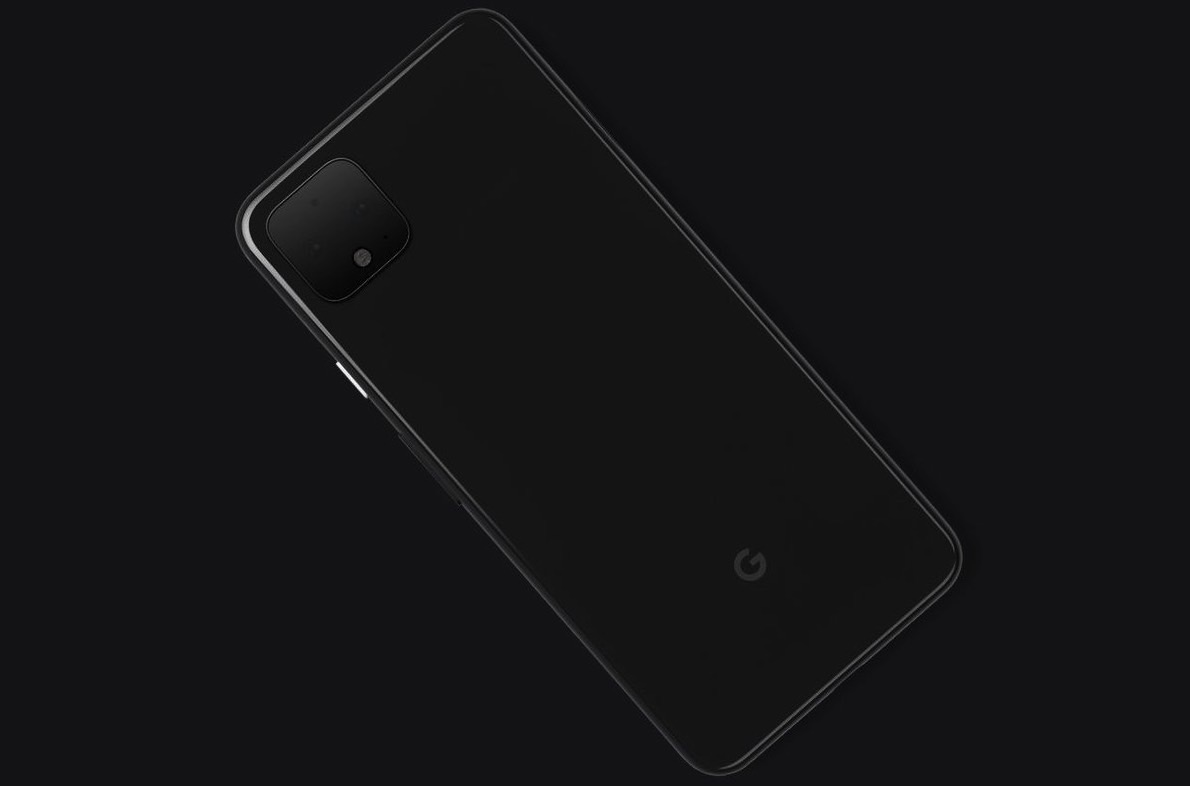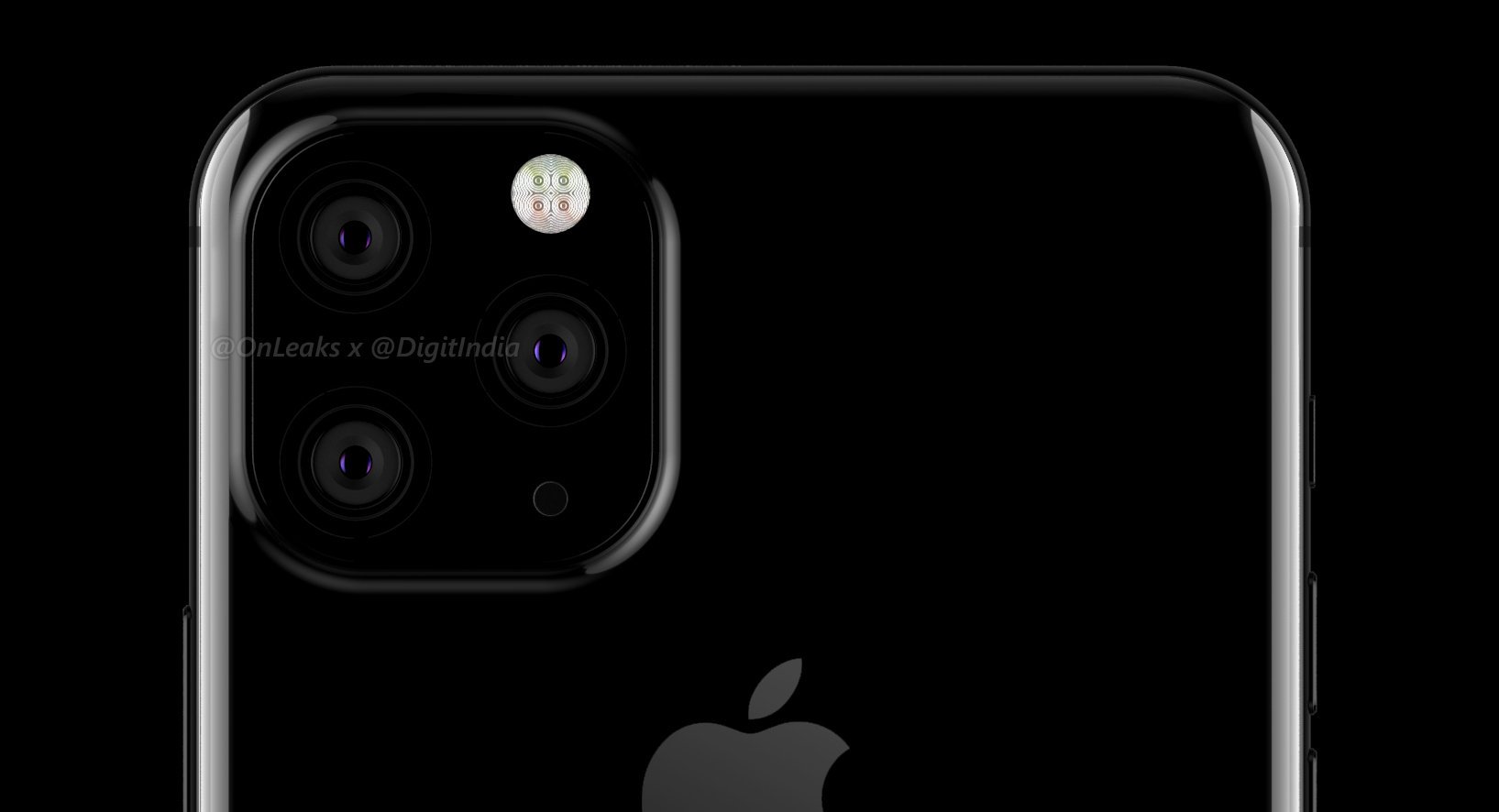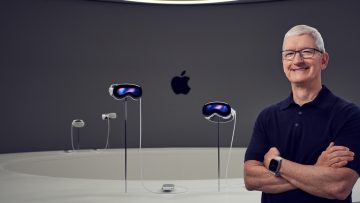Google has been making Android phones of its own for several years, well-before OnePlus launched its first One handset, but it’s the latter that’s having better success in stores lately. Every year, the latest Pixel and OnePlus devices are on a shortlist of highly anticipated smartphones. Each new Pixel and OnePlus launch event is preceded by a period of rumors and speculations when buyers discover all of the secrets of the upcoming device. With Pixel 4, however, Google is doing things differently, and you might be tempted to compare its new marketing strategy with OnePlus’s way of launching phones.
With every new OnePlus phone, the same scenario repeats itself. We start seeing the first leaks of the handset several weeks before the phone’s announcement, and then the company reveals several details about the upcoming device well in advance. It’s usually the newer features that get introduced, which may seem controversial at times.

Revelations like the fact that a phone won’t have a headphone jack; that wireless charging isn’t going to be support for one more year; or that the 5G version will be more expensive, become official before the phone is announced. That’s one smart way to build hype for a phone that already stands out from the Android crowd, but also to allow fans to vent their frustrations before the launch event. That way, people have plenty of time to get used to the new features, and even embrace them.
Intentionally or not, Google seems to be doing the same thing with the Pixel 4. In a matter of weeks, and with several months to go until the Pixel 4 hits stores, Google confirmed both the phone’s rear and front design. More importantly, Google showed off Pixel 4’s signature features, explaining some of them in great detail.

We know the handset will have two cameras on the back (image above) inside a camera module that will look just like the iPhone 11’s camera system. We know the rear glass design has a uniform finish compared to last year’s Pixels. We know there’s a single-lens selfie camera on the front instead of a dual shooter. And we know the handset will have a considerable top bezel, containing Google’s Face ID equivalent as well as the radar-based Soli sensor, a feature not seen on any Android or iPhone.
It’s unclear whether Google is actively pursuing the same OnePlus launch strategy, or whether it’s just trying to stay in front of leaks. All Pixel phones leaked in great detail in previous years, so it’s easy to understand why Google might want to control the story, fully knowing that it’s unable to contain these leaks.
At the same time, by revealing these Pixel 4 features in advance, Google is giving fans time to get used to the radical changes. Yes, the Pixel 4 will look like the iPhone 11, especially when it comes to the rear design, and some may accuse Google of copying the newest iPhone. The Pixel 4’s design may have been confirmed before the iPhone 11 launch, but we had iPhone 11 leaks (image below) showing the alleged new Apple phone well before the first Pixel 4 renders dropped.

As for the phone’s front design, well, Pixel 4 is a lot uglier than all its rivals this year. But it’s definitely better looking than the Pixel 3 XL. And buyers should have time to deal with the fact that the Pixel 4’s screen-to-body ratio isn’t ideal.
Moreover, fans will have time to adjust to the fact that the Pixel 4 won’t have a fingerprint sensor. The sensor’s absence isn’t exactly confirmed, but that seems to be the idea here. There’s no sensor on the back, and Google could place one under the display. But with a Face ID equivalent in development, it sure looks like the phone won’t get a fingerprint sensor. Not to mention that Google will focus a lot on the phone’s ability to deal directly with gestures rather than screen touches. And that means you shouldn’t have to touch the screen first to unlock the phone only to control it with gestures after that.
Some people might not like that the fingerprint sensor is going away on the Pixel, just as it happened with the iPhone, but they have enough time until mid-October to change their minds. One other thing to get used to by mid-October is that the phone won’t be that affordable. Tech like Face ID isn’t cheap on the iPhone and can’t be cheap on the Pixel 4 either. Project Soli probably adds extra manufacturing costs as well.

But if Google is indeed copying OnePlus’s playbook, there’s one more thing it probably can’t, or won’t, replicate. OnePlus gets away with all its controversial choices because it offers buyers one of the fastest Android experiences in town for a price that’s incredibly difficult to beat. That’s why people eventually get on board with the things they might not appreciate about the newest OnePlus phone. And that’s why OnePlus has been selling more and more phones with each new generation.
All of Google’s Pixels, meanwhile, have been riddled by problems soon after launch. The latest one, the Pixel 3, suffered from an embarrassing memory issue that affected its performance. That’s certainly annoying for a pricey flagship. The Pixel phones have never been as affordable as the latest OnePlus devices, although Google has been offering temporary price cuts in the months that followed each phone release. The Pixel 4, with all its sophisticated tech, doesn’t look like it’ll break Google’s Pixel pricing pattern. And that might make it harder for Google to sell expensive phones for some time to come.







